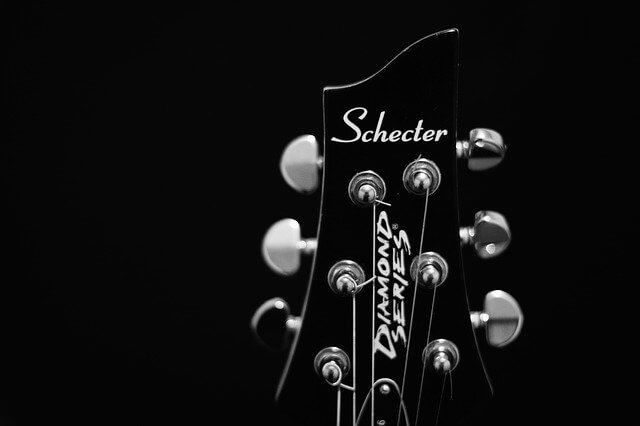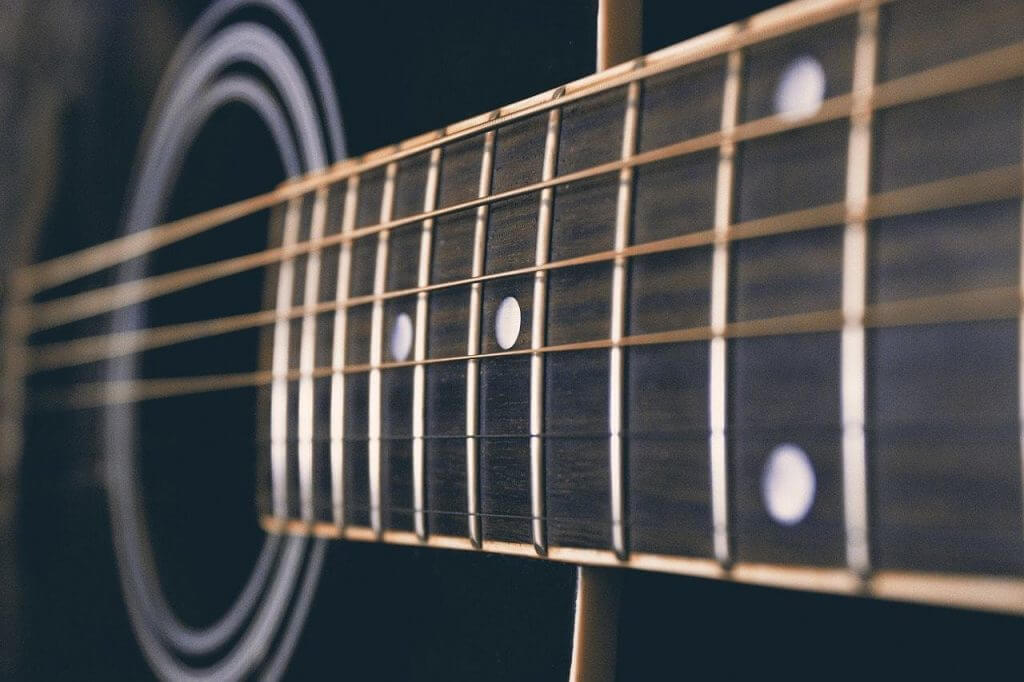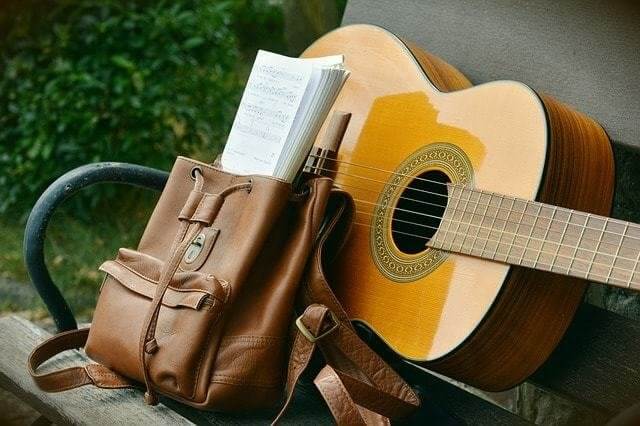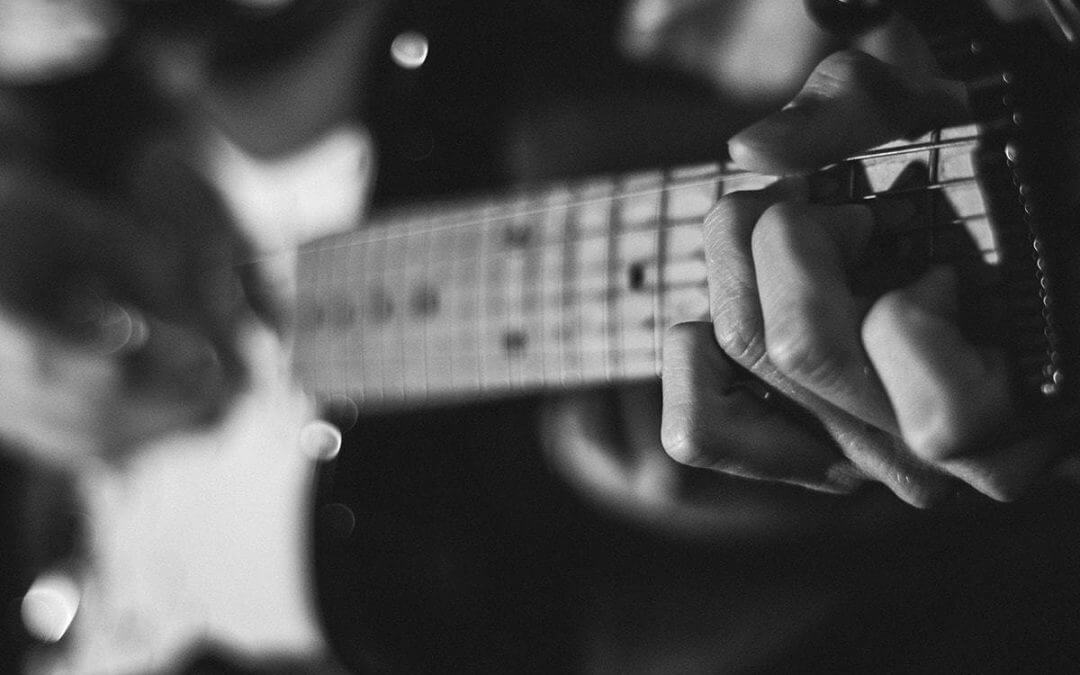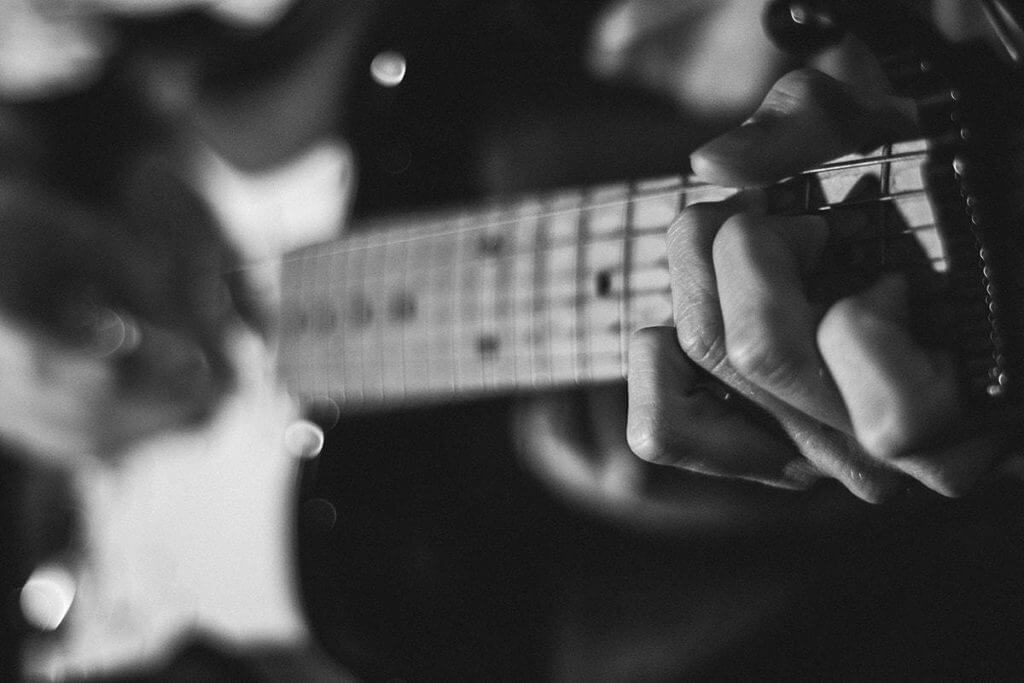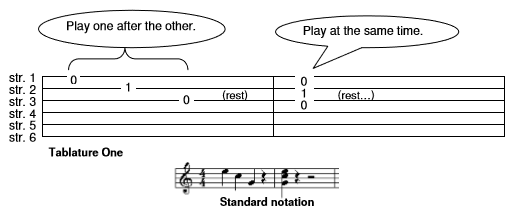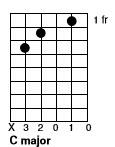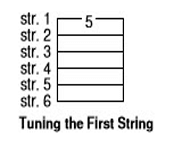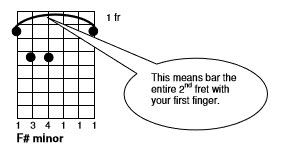The Practice Habits of a Professional Guitarist
Recently, I’ve noticed an influx of beginner guitarists interested in becoming my students. My students have traditionally been at a more intermediate to advanced level, and developing a different curriculum for beginners has led me to some realizations regarding what separates amateurs from professionals. These are habits and mental processes that have been second-nature to me for years, and meeting so many new students who don’t share these habits, has led me to develop a system by which they can be easily taught and explained.
Professional musicians actually seem to think about the world and their lives in a different way from amateur musicians. A musician who is succeeding in their goals and endeavors, who is both technically-skilled and able to generate at least some amount of money from their craft, has actually trained his or her brain to work differently. For this type of person, music must be regarded with both creative passion and business sense. This would classically be referred to as “left brain” vs. “right brain” function, though in recent years, that psychology has come under some amount of skepticism.
In any case, the following list is my personal set of recommendations to take yourself and your playing to the next level. While some of this will be wordy and not directly related to music, if you can really absorb this information and apply it to your practice, you will be able to go above and beyond the vast majority of musicians.

#1 – Become Obsessed
My first piece of advice is firmly rooted in psychology. The goal is to re-wire your brain’s reward circuit, so that you stop thinking of music as boring extracurricular homework and start thinking of it as the most fun thing you could be doing with your time. This is a gradual process, and can take several months to accomplish. Essentially, what you need to do is to make music casual and fun, almost like a game, so that you start to look forward to it.
I remember when I was in school as a kid, I could focus decently for the first few hours of the day, but after lunch, when I knew there were only a couple hours left before it was time to go home, all concentration went out the window. All I could think about was the day being over, being free to watch TV and play videogames and basically just do whatever I wanted. The appeal there, whatever your equivalent of TV or videogames is in this story, is where music needs to be in your mind.
Later, I worked a boring, tedious, dead-end job in retail. This was around the time my band was starting to take off, I was finally getting comfortable with my skills on guitar, and I was even starting to learn how to record and produce my own music at home. I found myself doing the same thing I’d done in school, losing all focus during the end of my shift, but this time, rather than thinking about how much I wanted to go play a videogame, I was thinking about all the new song ideas I had bouncing around in my head, or the new mixing experiment I wanted to try, or just how badly I wanted to sit down with my guitar and jam. This was what eventually led me to quit my job and start making a living from teaching and creating music.
Most of us don’t grow up with music, or if we do, we’re often raised to think of it as just extra homework. Teachers tell us to practice whatever exercise, and have it down by next week’s lesson. This is not in any way conducive to passion, since it puts it in the exact same mental place for us as schoolwork. Think about the exciting pursuit of your goals as much as possible, and you will generate a seemingly infinite supply of passion for music. You’ll start to find that you no longer think of it as something you have to get done at some point before your next lesson, but rather the thing you most look forward to while at school or work. Let’s look at some additional strategies to help us with this “re-categorizing” of music in our minds.

#2 – Make Music Fun With A Special Schedule
The most tedious part of going from a beginner to a professional is the process of building your skills. Scales aren’t fun. Exercises aren’t fun. Anyone who tells you they’re anything but boring is either lying to you or lying to themselves. The good news is, we can easily get around this by adapting our practice schedule to focus on creativity more than mindless drilling.
The first thing that helped me was to experiment with writing music that would work as an exercise. So, not only was I advancing my techniques, but also building my catalog of music. For example, when I wanted to work on sweep picking, I wrote the lick that would become the intro and outro to the Mute Prophet song “Choke on the Smog.” When I wanted to work on unconventional chord voicings, I wrote the verse riff to “Comprehension.” If you’re not spending at least a third of your music time writing music, you absolutely should be. Tablature editing software is a game-changer! You don’t even need to understand music theory, you can simply start writing in Guitar Pro (or Tuxguitar, if you want something free) and just make something that sounds good to you. You can also download Guitar Pro tabs (which will also play in Tuxguitar) of songs you like, and see in tab form how they’re constructed. This can help you get an idea of how to write something similar.
So, writing your own custom song/exercise hybrids is a tremendous help, but there’s more to it than that. Even though it becomes less tedious when what you’re playing is more clearly “musical” rather than monotonously picking up and down a scale, there’s still the inevitable boredom of slow repetition. If you find yourself wanting to bash your head against a desk from pure lack of interest, consider this: Try playing at a very low volume, and watching something funny on TV or your computer or whatever while you play. This is frowned upon by a lot of more traditional teachers, but 100% of my students report that this makes practice easier and more fun.
#3 – Take Advantage of Dopamine
The good news is that all these shenanigans and mental tricks become completely unnecessary. There’s a certain point, a metaphorical “critical mass,” where your passion and your drive to work on music becomes entirely self-sustaining. A chemical process occurs in your brain, and a “reward circuit” is created by a handy little neurotransmitter called dopamine, which tells our brains what we like and drives us to pursue more of it. Eat tasty food? You get a shot of dopamine. Beat a level in a video game? Get a shot of dopamine. There’s a dark side to this, of course – you’d struggle to find even one single drug addict whose addiction is not related to dopamine – but that’s not what we’re concerning ourselves with. The point is, there’s a chemical science to likes, dislikes, and the desire to pursue what feels good and enjoyable.
When you first start trying to apply dopamine to music, you might struggle to build the reward circuit, since you already have other things you enjoy doing, and music starts off feeling like work. The solution to this lies in a concept called “classical conditioning,” which was popularized by Russian psychologist Ivan Pavlov.
Pavlov would ring a bell when it was time to feed his dogs. The dogs would come running to their bowls, and the smell of the food would make them salivate. This is a clear cause and effect, right? You smell something good, and your mouth waters from anticipation. Well, something really weird happened with these dogs. Eventually, they would salivate simply at the sound of a bell ringing, even when they weren’t being fed.
Let’s think of this more abstract, with a visual aid: If the food was Stimulus A, and the bell was Stimulus B; salivating was Reaction A, and responding to the bell was Reaction B, we can look at this in terms of:
Stimulus A = Reaction A
Stimulus B = Reaction B
Stimulus A + Stimulus B = Reaction A
Stimulus B = Reaction A
But why am I talking about psychology in an article about music, you might ask? The answer is, because it’s the key to absolutely hacking your brain and going above and beyond what 90% of musicians will accomplish. Let’s say that Stimulus A is a bite of your favorite candy bar, and Reaction A is a shot of dopamine. Stimulus B is practicing music, and Reaction B is feeling bored or unmotivated. See where I’m going with this?
What I’m proposing is a sort of multi-tasking. Find a handful of things that always feel enjoyable to you, and use them as a reward for practicing music. In my case, I would award myself with 20 minutes of my favorite videogame for every 20 minutes of practice, but this is completely arbitrary and you can of course set a schedule and reward that’s completely personalized to you.
Eventually, whatever you’re using to trigger this shot of dopamine becomes unnecessary. Stimulus A (the videogame, in my previous analogy) is no longer needed – Stimulus B on its own will trigger Reaction A. At this point, your brain is fully re-wired to prioritize music as fun, pleasurable and indeed something that you are extremely passionate about. This is the secret behind almost every “workaholic” type of person ever, though most probably aren’t aware that they’ve put themselves through this conditioning process. Being a workaholic is of course not always a good thing, but in the case of us musicians, who are capable of being our own bosses and achieving whatever goals we set based on our dedication, the more work we do, the faster we grow toward success.
So, with all this in mind, I wish you all the success in the world, with every confidence that you’ll achieve all your goals.




